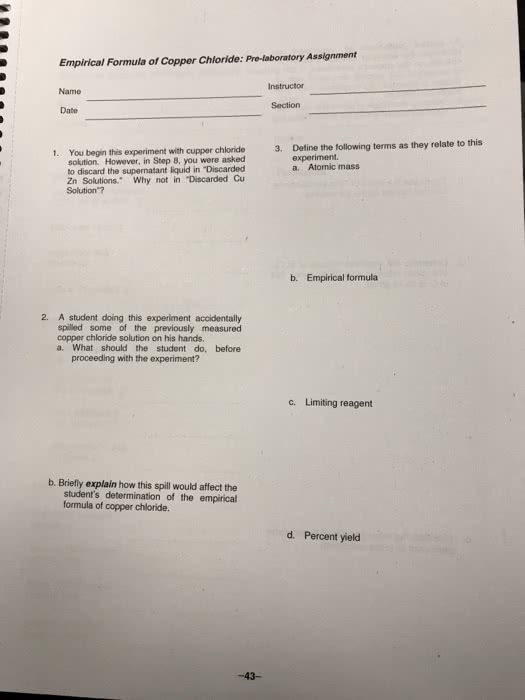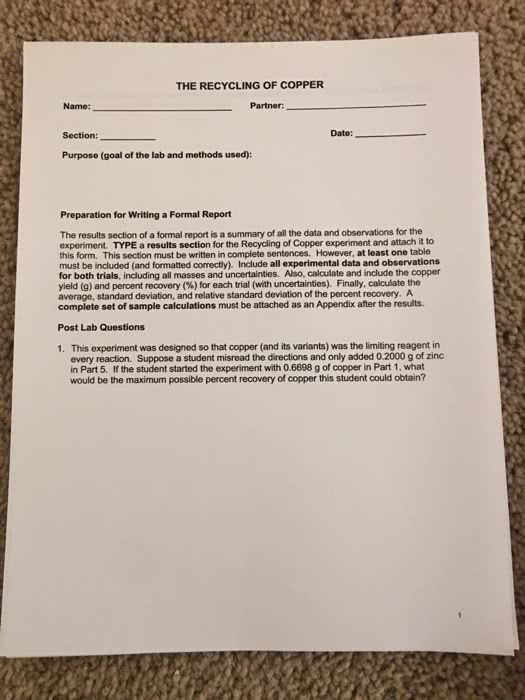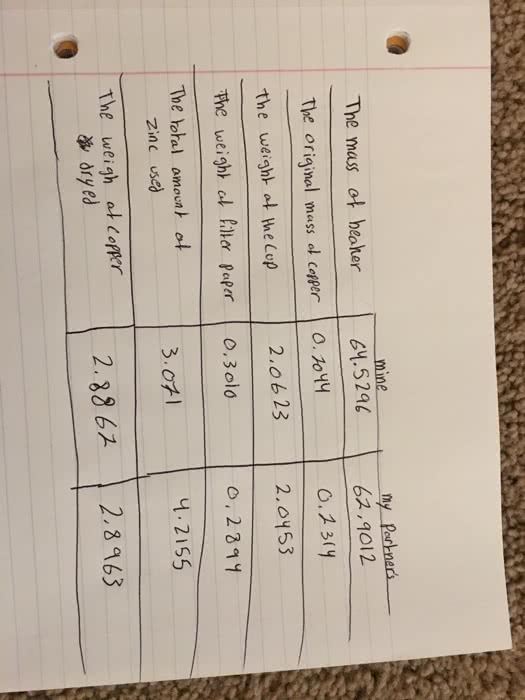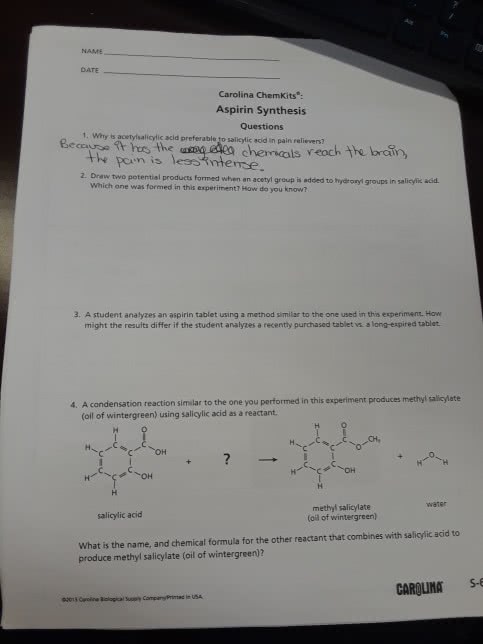CHM120H5 Lecture Notes - Lecture 4: Radical Ion, Spectroscopy, Molar Mass
Document Summary
Mass spectrometry is a technique used to identify chemical species. A mass spectrometer works by firstly ionizing gaseous molecules by knocking electrons off to produce a positive ion. During the acceleration stage, the ions are accelerated so that they all have the same kinetic energy. The ions are then deflected by a magnetic field according to their mass to charge ratio. Finally, the relative number of different ions produced are detected electrically. A plot of the relative number of ions of relative intensity versus the mass/charge ratio (m/z) is known as a mass spectrum. Mass spectrometry has many applications in a wide variety of disciplines such as analysis of blood in medicine, determination of molecular masses in chemistry, and studies of nuclear reactions in physics. The purpose of this experiment is to identify a chemical species based on its mass spectrum data. Results e c n a d n u b. The unknown sample was identified to be butane, c4h10.






